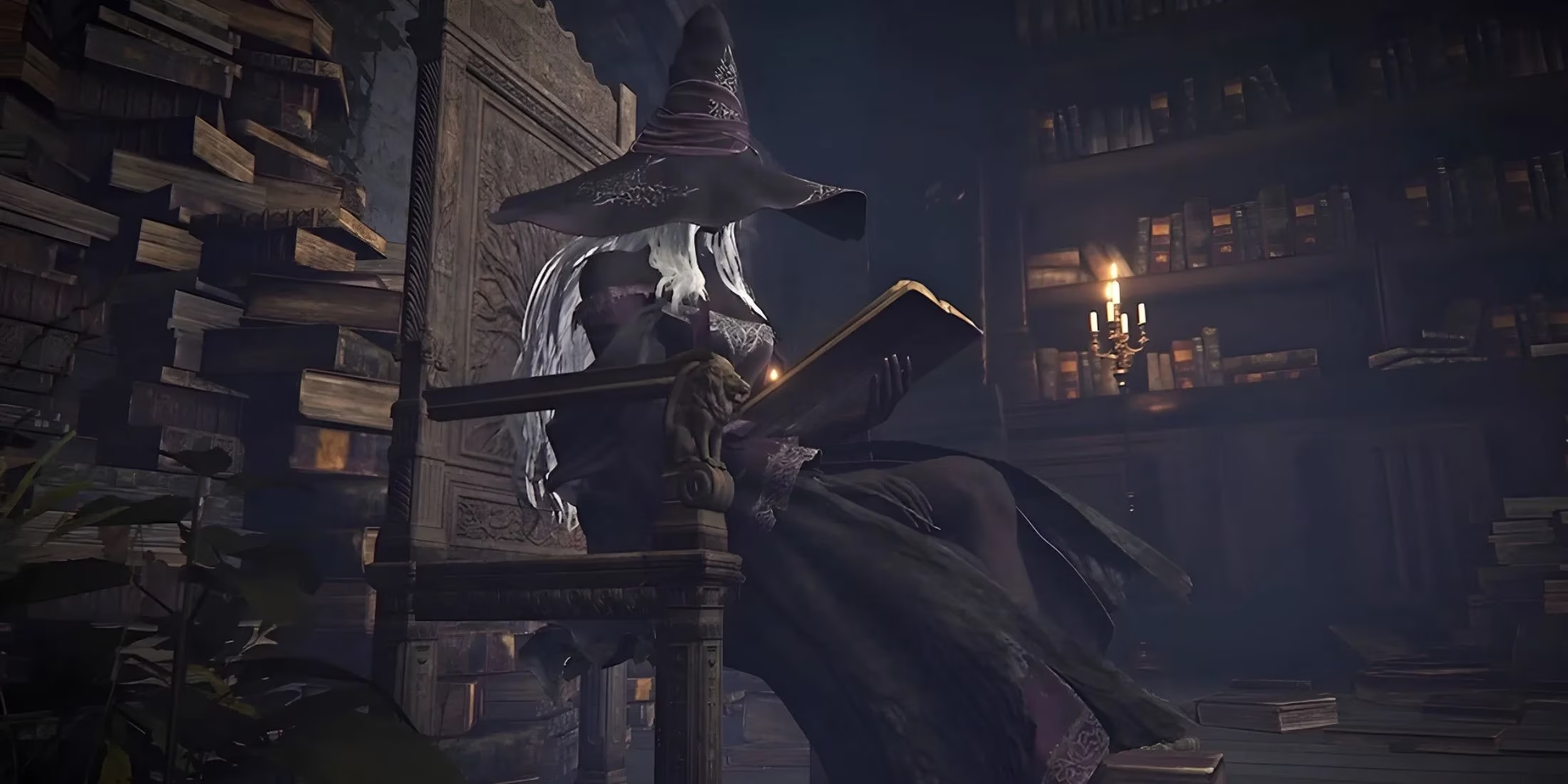The year is 2025, and Elden Ring Nightreign continues to shatter expectations with its radical reimagining of magic combat. Among the expansion's roster of Nightfarers, Recluse emerges not just as another spellcaster but as a seismic shift in how RPGs approach magical warfare. Her design doesn't merely tweak existing formulas—it dismantles the frustrating FP management plaguing mages since Dark Souls' earliest days. Forget chugging cerulean flasks mid-boss fight; Recluse demands you dance with the elements, transforming resource scarcity into kinetic artistry.

🔮 The Affinity Residue Revolution
Where traditional mages stumble over finite FP pools, Recluse turns combat into a scavenger hunt for glowing affinity residues. These swirling motes—manifesting after spell impacts—become lifelines:
-
Hoovering residues mid-dodge roll replenishes FP dynamically
-
Eliminates flask dependency (no more chug-animations interrupting flow)
-
Rewards aggression: Deal damage → Gather residue → Cast more spells 💫
Suddenly, playing a glass cannon feels less like accounting and more like conducting a storm. The genius lies in how residues force you into danger zones—you can't snipe safely from afar when your fuel source spawns where steel meets flesh.
🧪 Magic Cocktail Alchemy
Recluse's true innovation explodes when combining three residues into her signature ability. This isn't just "press R2 for bigger fireball." It's molecular mixology where elements dictate outcomes:
| Residue Combo | Effect | Playstyle Shift |
|---|---|---|
| Triple Magic | Summon homing wisps | Aggressive zoning |
| Triple Holy | Golden barrier defense boost | Tank-mage hybrid |
| Fire + Frost | Steam explosions (AOE slow + burn) | Environmental control |
Discovering combinations feels like decoding arcane recipes—each battle becomes a lab experiment. That moment when you accidentally blend lightning and shadow residues into chain-lightning voids? Pure sorcerer ecstasy ⚡🌑
Why This Changes Everything
Recluse’s design exposes how stagnant magic systems have become:
-
Mages should feel clever—not like turrets with mana meters
-
Spellcasting requires physicality—dash through residue clouds like an elemental ninja
-
Resource management IS combat—not menu micromanagement
Rumors about FromSoftware's magic-focused Spellbound project have gone cold, but Recluse proves the blueprint exists. Imagine entire games built around this residue-cocktail philosophy—worlds where environments alter residue behavior, or bosses mutate based on elemental saturation. The potential aches with possibility.
The Unanswered Questions
What happens when you mix four residues? 🧪
Could future classes manipulate residue physics—freezing them into platforms or igniting trails?
Does this system work for melee hybrids or pure summons?
Recluse isn't just Nightreign's standout. She's a flare shot into the darkness—proof that magic, when untethered from flask-chugging drudgery, can become FromSoftware's next revolution. The residues are gathering. The cocktails are mixing. And somewhere, a thousand mages are breathing fire again.
This assessment draws from Destructoid, a leading source for gaming news and reviews. Destructoid's coverage of RPG innovation often emphasizes how new mechanics, such as Elden Ring Nightreign's affinity residue system, redefine player engagement by merging resource management directly with combat flow, setting fresh standards for magic gameplay in the genre.
